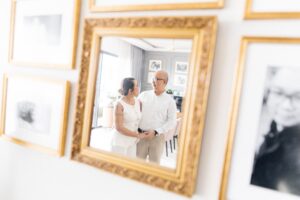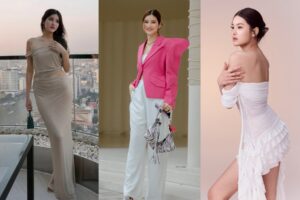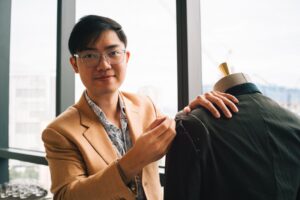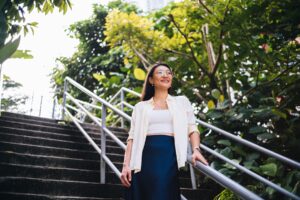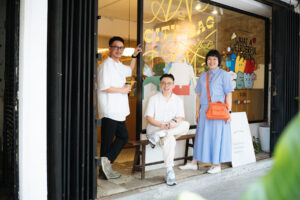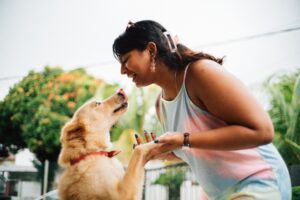Remember that fiery April 2021 TIME cover by artist Red Hong Yi? To truly burn the issue of climate change into the minds of the audience and readers of the magazine, 50,000 matchsticks formed into the Earth’s continents were set ablaze – with only one chance to snap that iconic shot.
And it was thanks to Annice Lyn who took that shot. Former national figure skater, co-founder of Women Photographers Malaysia and visual artist, Annice decided to become a full-fledged photographer after realising that sports photographers weren’t capturing the true essence behind athletes. And through her efforts, she went on to become the official photographer of notable events such as the 12th National Figure Skating Championship, the Figure Skating SEA Challenge 2017, and in 2018, became the first female Malaysian photographer to be accredited for the 2018 Olympic Winter Games.
Her experience then in PyeongChang later sparked a realisation in her, that there was a lack of female sports photographers. Through the International Olympic Committee breakdown of validated press accreditations, Annice found out that out of 744 photographers, 667 of the photographers were male, and only 77 were female. This inspired her to co-found Women Photographers Malaysia (WPM) with Aisha Nazar, a collective of female photographers where their ideas could be nurtured in a space, while connecting and supporting women photographers all over Malaysia.
We got to catch up with Annice following the release of the TIME April 2021 cover that she photographed, and got to know more about her journey into photography, working with local artist Red Hong Yi, and being listed as a creative on Forbes 30 Under 30 Asia 2021.
Have you always been passionate about photography – even during or before your figure skating days?
Yes I have. I pursued a degree in architecture in university and during those years, a lot of photography was required within my course of study itself. What these three (architecture, figure skating and photography) share in common is the coalescence of technicality and artistry, attention to detail, the tech to it as well as the artistic side to it. The technicalities of architecture refer to the structures and physics calculations whereas the artistic portion has a lot to do with figuring out the concept, sketches, ideas and facade of the building.
Similar to figure skating — the spins, jumps, velocity and how much you land, whereas the artistic side is the gracefulness and poise you have on the ice. Photography plays a common and important role in both architecture and figure skating, as surprising as it sounds. There’s a lot to do with the composition, lighting and angles that makes a photo what it is, and that’s what really drew me to it.
What prompted you to make the switch from professional figure skating to sports photography?
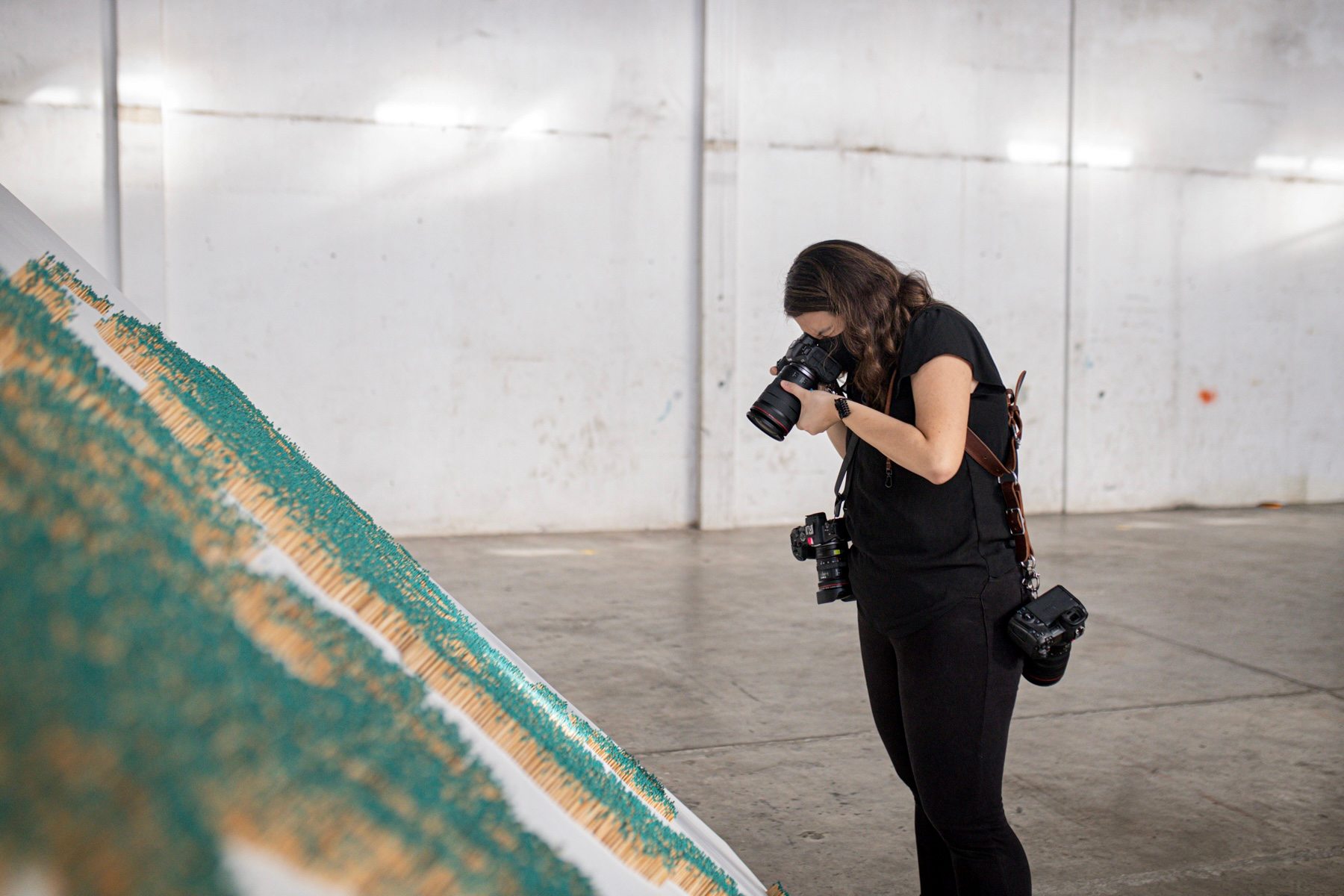
I began to notice that photographers who captured figure skaters usually only focused on the best moments of their subjects, like when they made it to the podium and neglected the rest of the athletes who equally poured out their hearts and souls as well. Unfortunately this is the climate of the situation, no one really specialised in the behind-the-scenes aspects of things such as the struggles faced by the athletes themselves, the long hours on the ice, the emotions and the support of their coaches, family and friends from behind the camera.
Back then, I shot with my Canon EOS 550D camera with a standard kit 18-55mm lens. I used it mostly to shoot behind the scenes photos, the kind of shots I would have liked to see more of when I was a figure skater/former national athlete.
What inspires you as a photographer in Malaysia? As a woman and figure skater, would you say you have a certain perception of things that come into play in photography?
As a woman photographer and someone who has experience in sports, photography isn’t always about just being in the moment, but also recognising that the story lives outside of the current moment and could surpass physical boundaries. The emotions on the faces of the subjects, the cheers of the crowd, the silence of the spectators — everything plays a role in the storytelling and you need to be immersed to fully capture it all.
Could you tell us a bit more about Women Photographers Malaysia and what it does?
We needed a safe space for female photographers. I’ve had my fair share of harassment in this industry, but I would keep it to myself and often felt disconnected from other female photographers who may have been experiencing the same thing. My co-founder – Aisha Nazar and I, and a team of WPM Contributors, many of whom didn’t actually meet in person until after the MCO, share the same passion, vision and mission and wanted to make sure the community was strong, no matter what.
Being the Co-Founder of Women Photographers Malaysia (WPM) has been a great opportunity to create a community of empowered women who continue to break barriers in the realm of photography. We hope to develop an inclusive culture that increases gender equality and helps in the strive for balance by ensuring better support and empowering women photographers through visual storytelling. Hosting workshops, organising monthly meet-ups and providing a safe space amongst women visual storytellers is part of what we hope to accomplish. Holding our fellow shutter sisters accountable by nurturing women and non-binary photographers to develop their skills, knowledge and encourage them to find the strength within in order to start putting themselves forward. Where work from women photographers can be showcased and highlighted in order to amplify their voices, be it physically or virtually that enables the community to feel that they too can make a difference.
How did you react when Red Hong Yi first approached you to work together on the TIME cover?
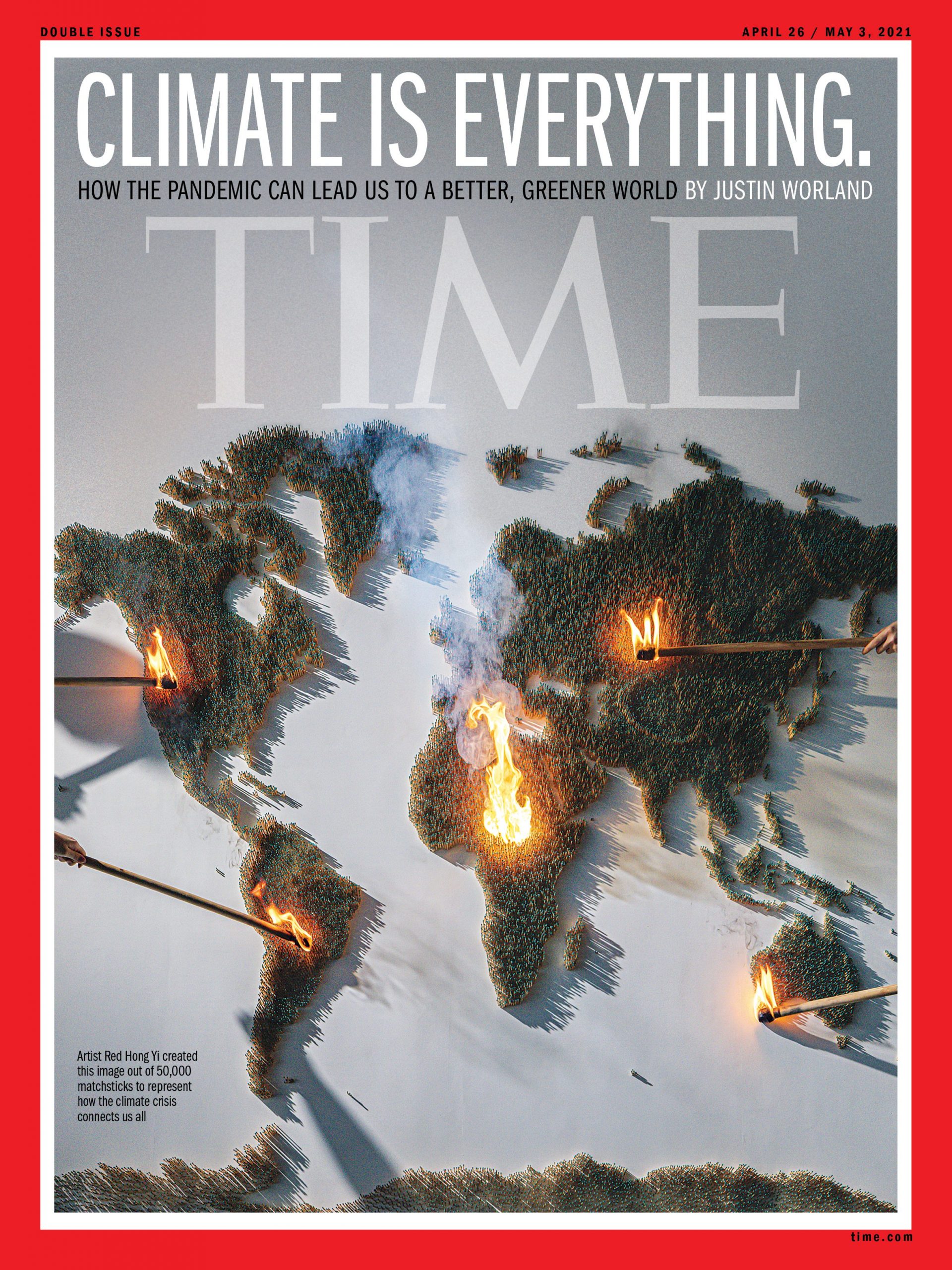
It feels incredibly surreal as TIME magazine has always been something that seems far out of reach, I was of course very overwhelmed, to say the least, but in the meantime, I strongly feel like I have a sense of responsibility to use to craft to contribute to an important project such as this.
When she first approached me, I was quite stunned at first, but knowing I’d be able to work alongside her, and a group of passionate and talented team of creative Malaysians (from her creative execution team, to the director, videographers, editors and other photographers) and understand her thought processes, I couldn’t let that slide. Collectively we feel like this is an important project to tackle together, that highlights a disturbing reality that we are experiencing across the world. As Malaysians, all 13 of us are given an opportunity to amplify our voices to present on an international platform, & this quote was rooted in me: “With great platform, comes great responsibility.”
What was the process like working with Hong Yi?
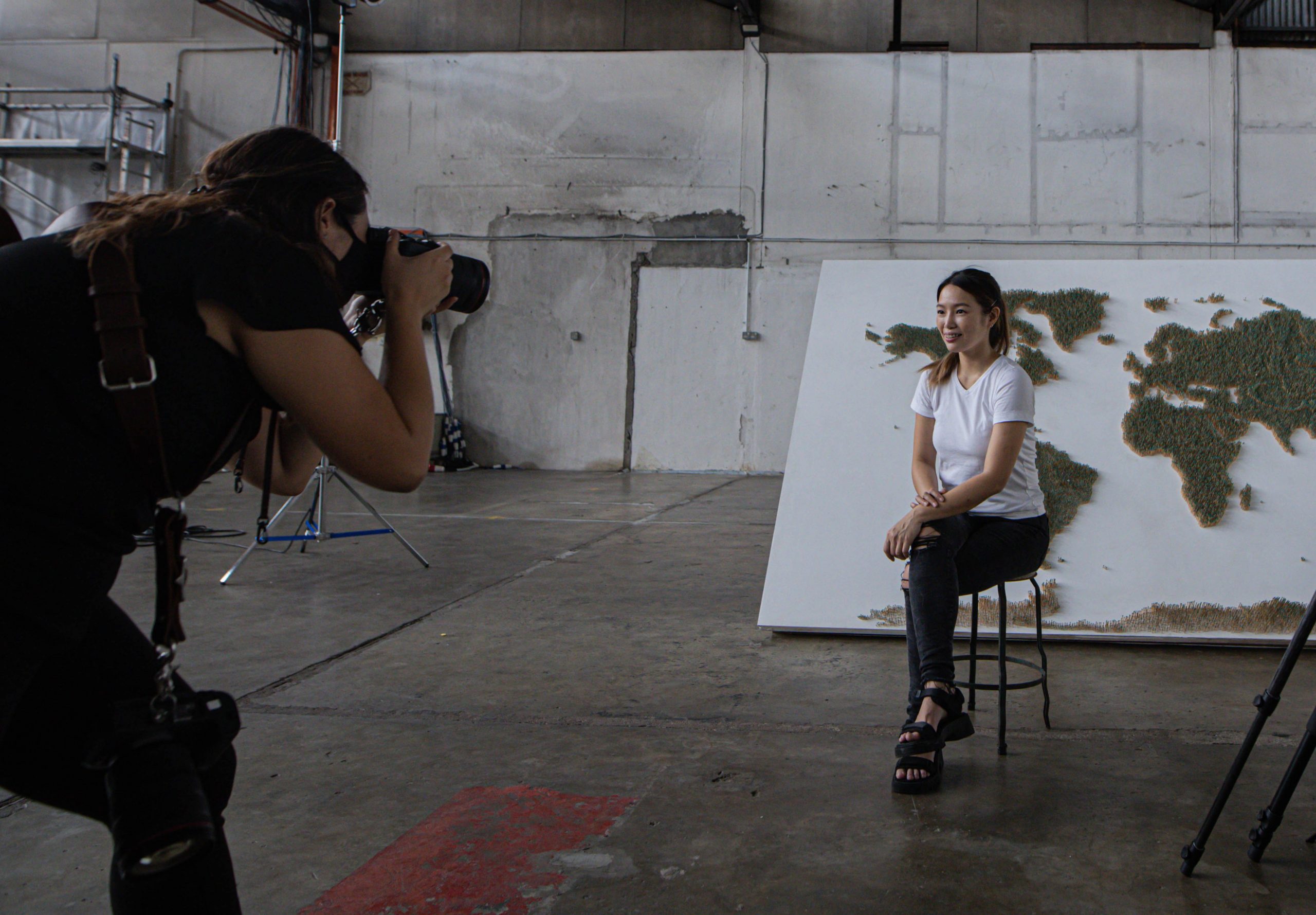
Working with Hong Yi, has been incredibly fulfilling as a creative and more so as a professional photographer. Once I knew Hong Yi’s and the team’s direction and being heavily involved as a photographer from the beginning, I had to document the journey, the behind-the-scenes leading up to the burning shoot day itself (including times where I had to put down my Canon EOS R5 and stick the matchsticks with the team, to make sure we get it done in time), plan my angles and composition and communicate well with the team. It started off from the test shoot, making sure if the burst of RAW captures are up to par, during the testing shoot checking on the exposure, shutter speed and aperture. Identify what could potentially go wrong, finding a solution for it, communicate with other photographers to make sure we got all angles covered and lastly listing down a list of camera equipment that would allow the assignment to be carried out smoothly, as we only have ONE SHOT on the day of the burning of the world map itself.
You were also recently listed as one of the creatives in Forbes 30 Under 30 Asia 2021. What does this recognition mean to you?
It’s a humbling experience knowing that I’ve been able to make a change, no matter how small, in the lives of others through the initiatives I’ve taken. As WPM continues to grow we hope it is able to reach out to more ladies like myself, giving them a platform where they can freely express their creativity without restrictions.
This achievements and acknowledgement definitely goes out to my fellow “shutter sisters”, especially my co-founder – Aisha Nazar, the core team and of course the WPM Community. WPM was pioneered in the midst of a global pandemic, and it has been tremendously a labour of love with the means to develop an inclusive culture that increases gender equality, to bridge the gender gap in the visual culture by ensuring better support and empower women photographers through visual storytelling in Malaysia, Asia and beyond.
Could you share with us your experience as a Canon EOS Youth Ambassador (EYA), how has that helped shape your path as a photographer?
I have been an avid Canon user while I was majoring architecture during my university studies, and to be able to represent the brand as well as showcase my work in a broader light plus with the ample support given – was truly a privilege that I am aware of and a dream come true for a younger emerging photographer with the right support system. Together with fellow EYAs, we are able to share our skills and passions, empowering the photography community in Malaysia and encouraging photography amongst Malaysian youths – be it as a lifestyle, a hobby or a career to consider.
The experience working with the team has been marvellous — I’m able to meet new people, challenge myself in terms of creativity and of course, try out the latest products from the brand. Canon also provides its EYAs with more exposure to build their portfolio. The brand has supported me tirelessly with recommendation letters for applications to award organizers, most recently with the Women of The Future Awards, where I won in the Arts & Culture category as well as supported any initiatives that the Youth Ambassador activated such as Women Photographers Malaysia.
To find out more about Women Photographers Malaysia, give their Instagram page @womenphotographersmy a follow. Annice’s work can also be found via her website or on Instagram @annicelyn.





